NOTE: This article originally appeared on May 3, 2007, last updated on July 7, 2023.
A new variety of native North American bamboo was discovered this year (March 2007) by botanists in North Carolina. Hill Cane is the third known variety of this bamboo genus endemic to the continental United States. Arundinaria appalachiana, as botanists like to call it, differs from Switch Cane and River Cane, also native to the American southeast, in that it drops its leaves in the winter.
Bamboo enthusiasts and taxonomists received more great news in June 2023, with the identification of a fourth species of endemic American bamboo: Arundinaria alabamensis, also known as Tallapoosa Cane. To date, botanists have only discovered eight populations of Tallapoosa cane across four counties of Alabama. Distinct from other species of Arundinaria, A. alabamensis has larger leaves and small hairs at the base of new leaves. DNA testing has also confirmed its genetic differentiation.
The global distribution of bamboo
Of the 1,400 or more species of bamboo, native groves of bamboo can be found on five continents. It grows everywhere except Europe and Antarctica. The most diverse speciation of bamboo comes from Asia, but South America also has a surprising array of indigenous varieties. Many of the South American bamboos creep into Central America and Mexico. But once you cross the Rio Grande, the bamboo thins out pretty quickly.
In the last century, hundreds of species of bamboo from Asia and South America have been shipped around the world and naturalized in a vast range of habitats. Many of the temperate varieties of Chinese bamboo, especially from the genus Phyllostachys, grow very well in the United States and even into Canada. Mountain bamboo genera like Himalayacalamus and Fargesia also thrive in the cooler climates.
Characteristics and classification of Arundinaria
All three species of the genus Arundinaria come from the warmer parts of the Deep South, east of the Mississippi and south of the Ohio River. Prior to the arrival of Europeans and the establishment of large farms and plantations, these native grasses covered vast swaths of this region. But today it’s fairly scarce and something of a novelty.
These bamboos are especially cold tolerant, hardy down to temperatures well below 0º F. They are also more adaptable to wet soil conditions than other bamboos.
Not all botanists agree on the classification of the genus Arundinaria. Most authors now associate it with four species: A. alabamensis (Tallapoosa cane), A. appalachinana, A. gigantea (River cane), and A. tecta (Switch cane). But until rather recently, the genus also included a handful of other species which have since been categorized as Thamnocalamus, Yushania, and others.
These unusual bamboos occupy sort of a gray area in bamboo taxonomy. They are very cold-hardy like temperate bamboo, of the tribe Arundinarieae. But they exhibit more of a slow-spreading growth habit, although not as compact as the tropical bamboos in the tribe Bambuseae.
Check out this in-depth article on Bamboo Tribes to learn more about how that works.
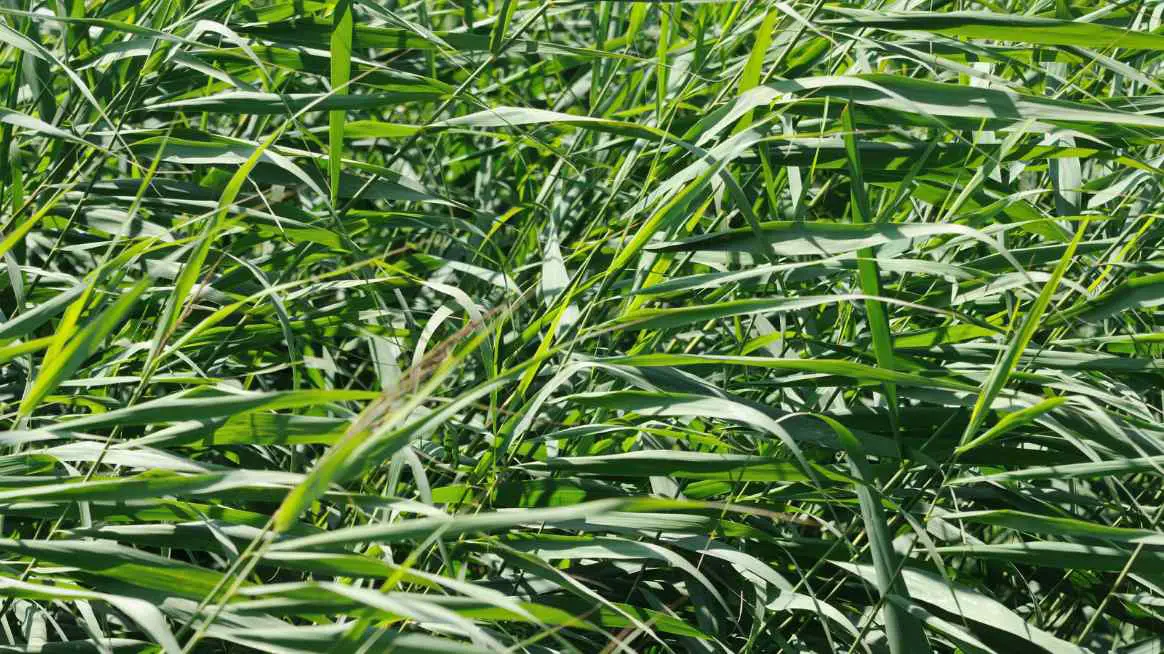
Cultivating Arundinaria bamboo in your garden
Although interesting and native, A. appalachiana and its cousins are not prime choices for a decorative garden. They like the beauty and elegance typical of many ornamental bamboos. The culms are tall, often 20 feet or more, but somewhat thin and lanky, with leaves spread thin.
On the plus side, this species of native bamboo is cold-hardy down to around 10º below zero F. It’s also very tolerant of wet, saturated soil, something most bamboo cannot withstand. So if you live somewhere in the Southeast with cold winters and moist terrain, this might be your bamboo of choice.
Less of a specimen plant, these Arundinaria varieties look better in open areas, where they’re allowed to go native, if you will. If you have some rural acreage, you might look for some of these bamboo species.
But don’t expect to find any of these North American bamboo varieties at your local nursery. You might be able to get Arundinaria gigantea (River Cane) from a bamboo specialist. Lewis Bamboo in Alabama is probably the most likely place to find any of these endemic American bamboo species.
Further reading
To continue learning about this fascinating topic, check out these other blog posts about bamboo in North America and around the world.
- Bamboos native to North America and the United States
- The history of hemp and bamboo in the state of Kentucky
- Big bamboo in Georgia
- Bamboo in Hawaii
FEATURED IMAGES: Botanical drawings of Arundinaria tecta (Switch Cane), which looks almost identical to Arundinaria appalachiana. (Wikipedia)

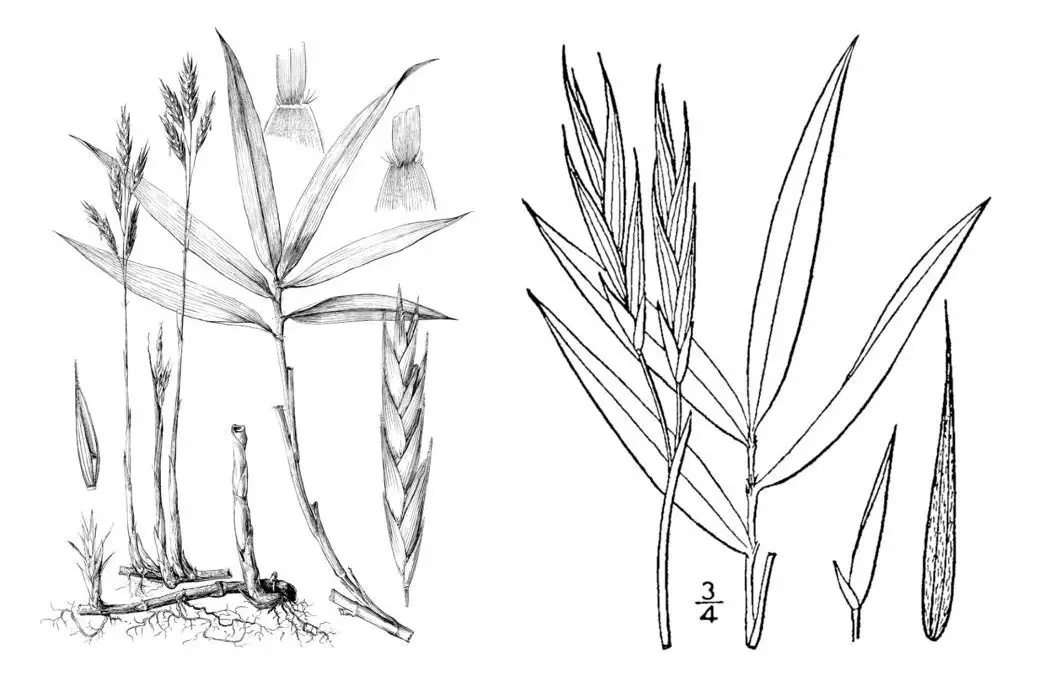


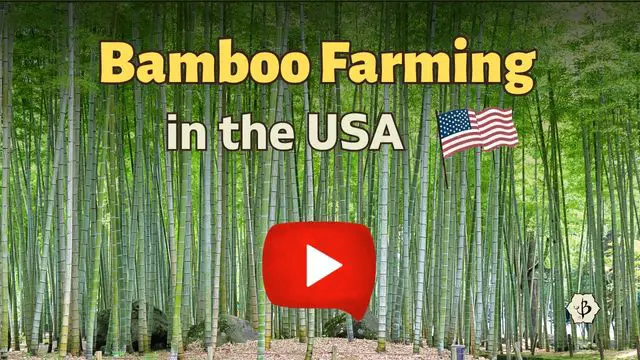




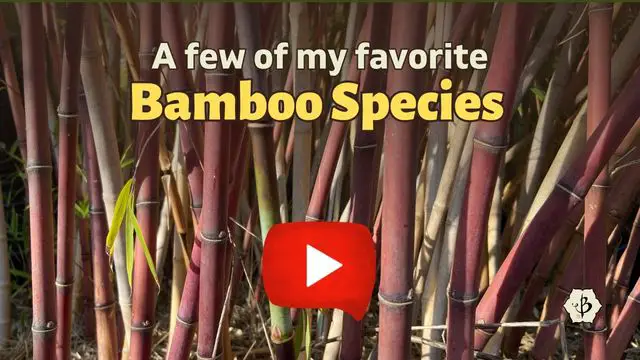
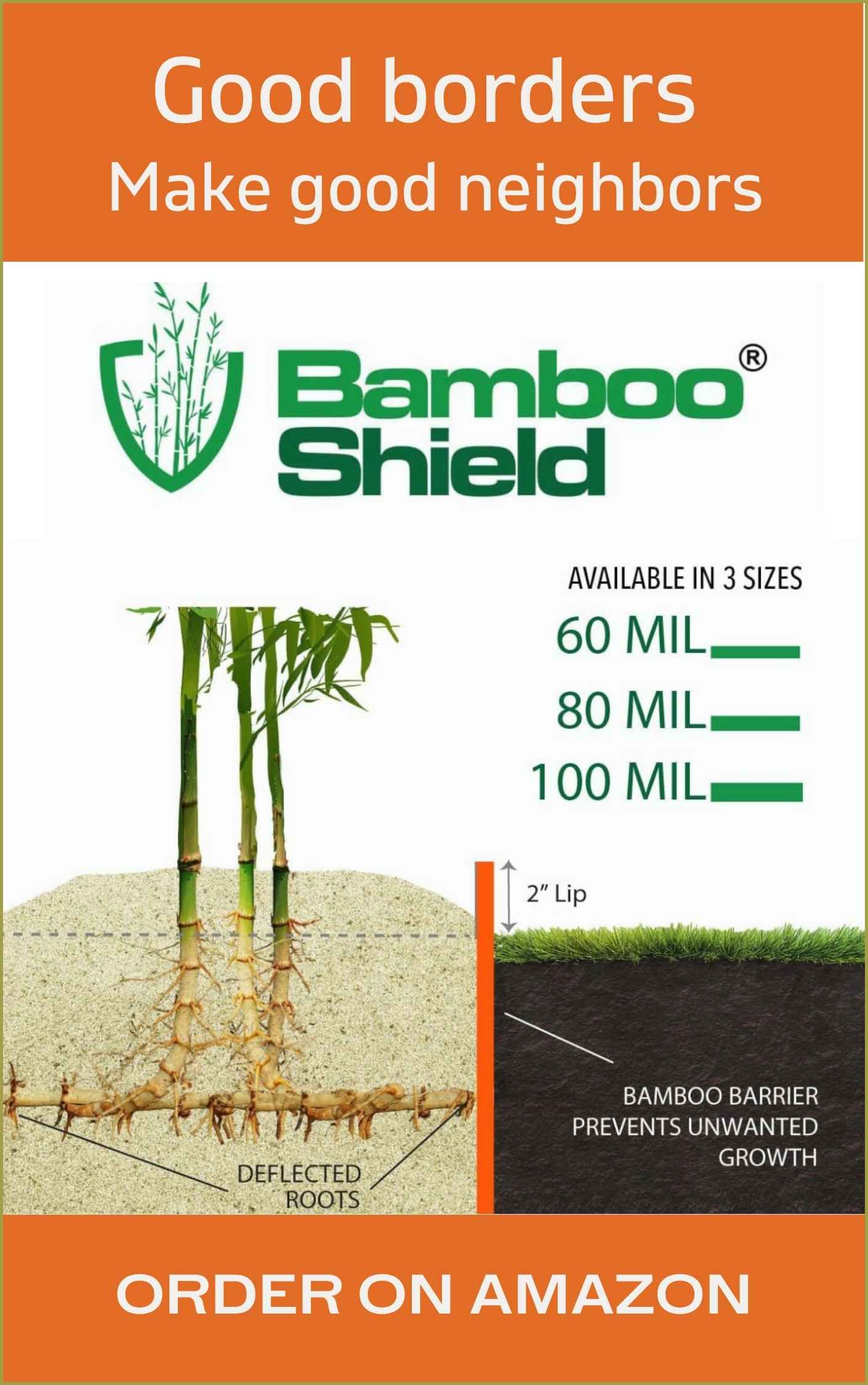

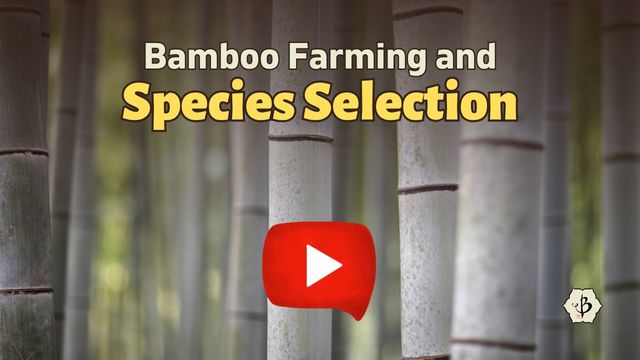

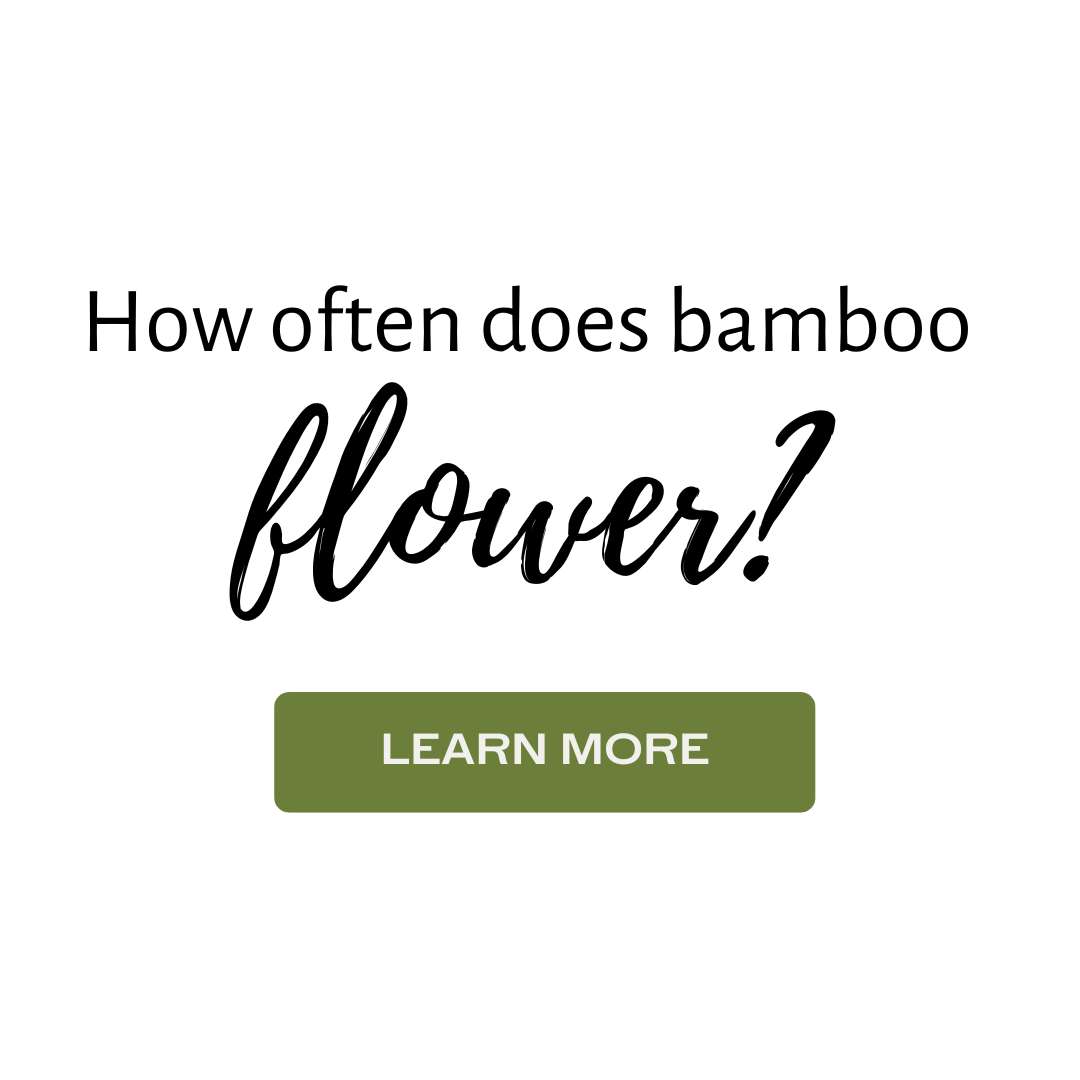
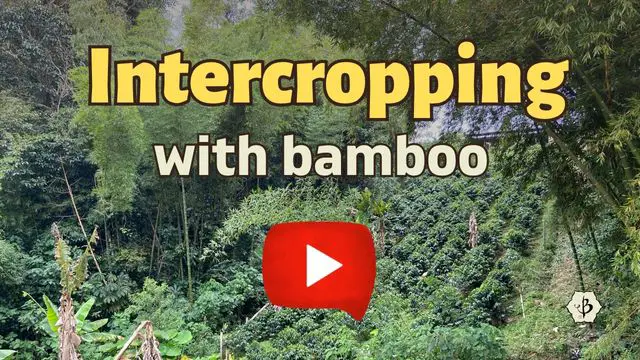


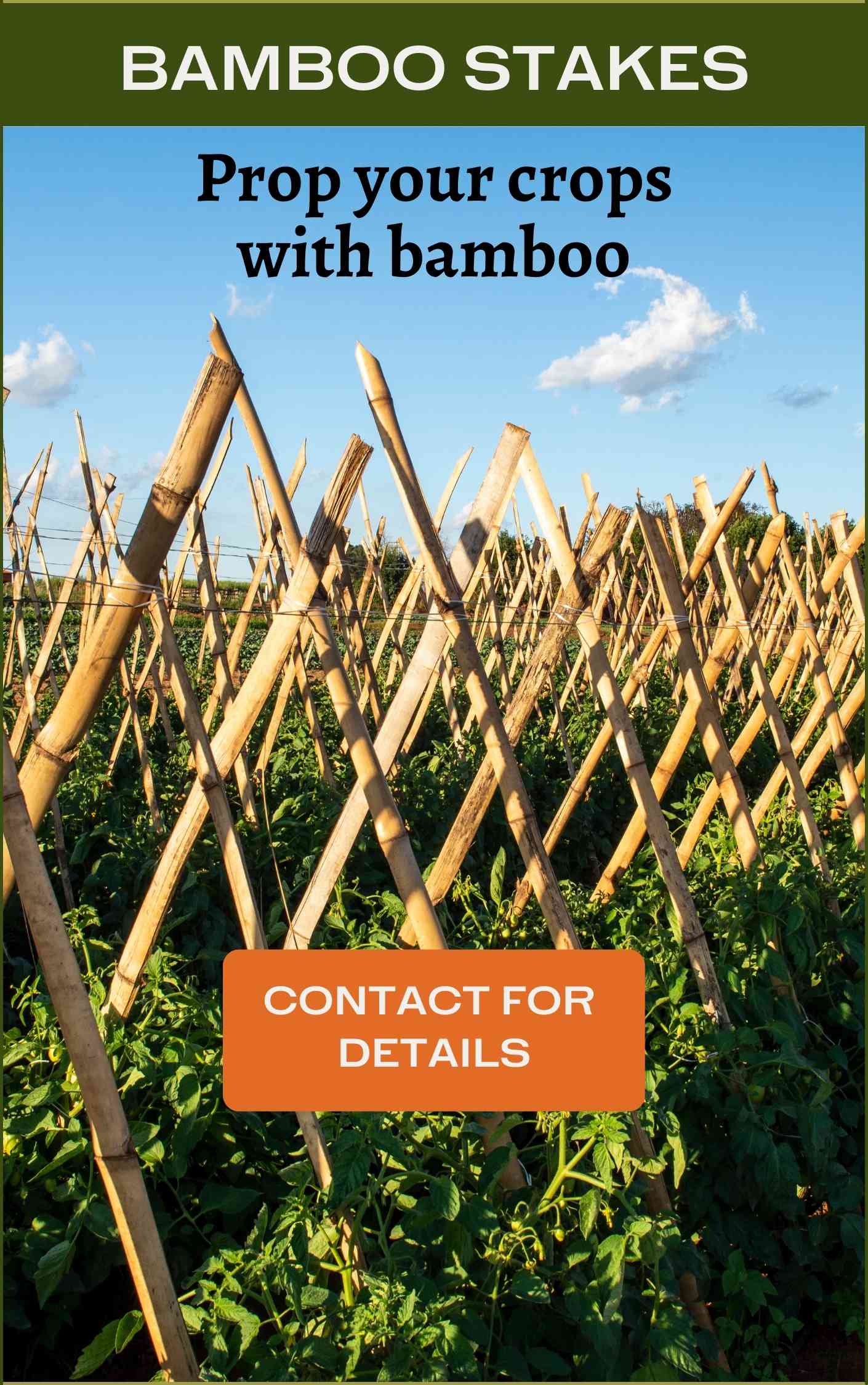

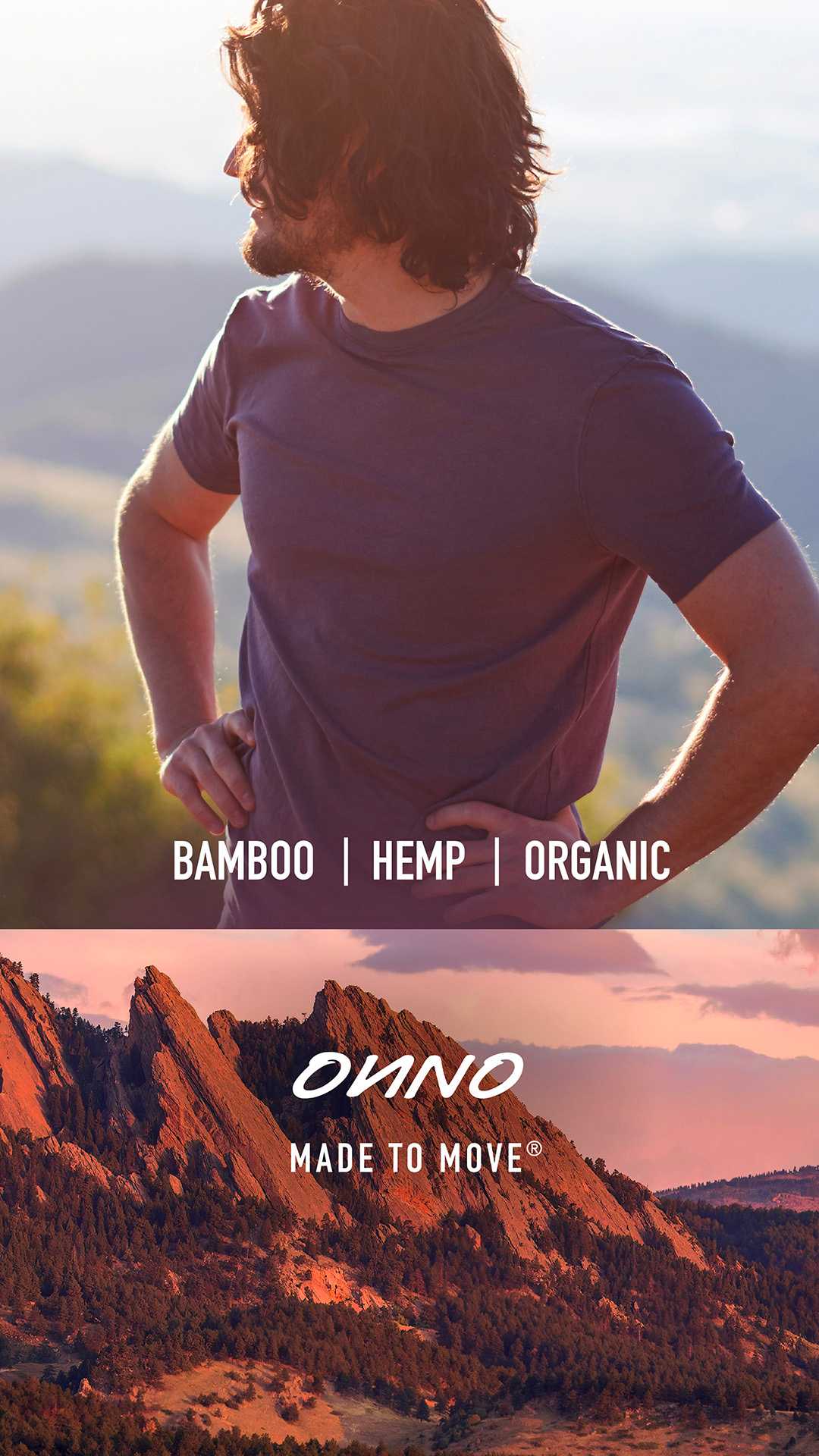




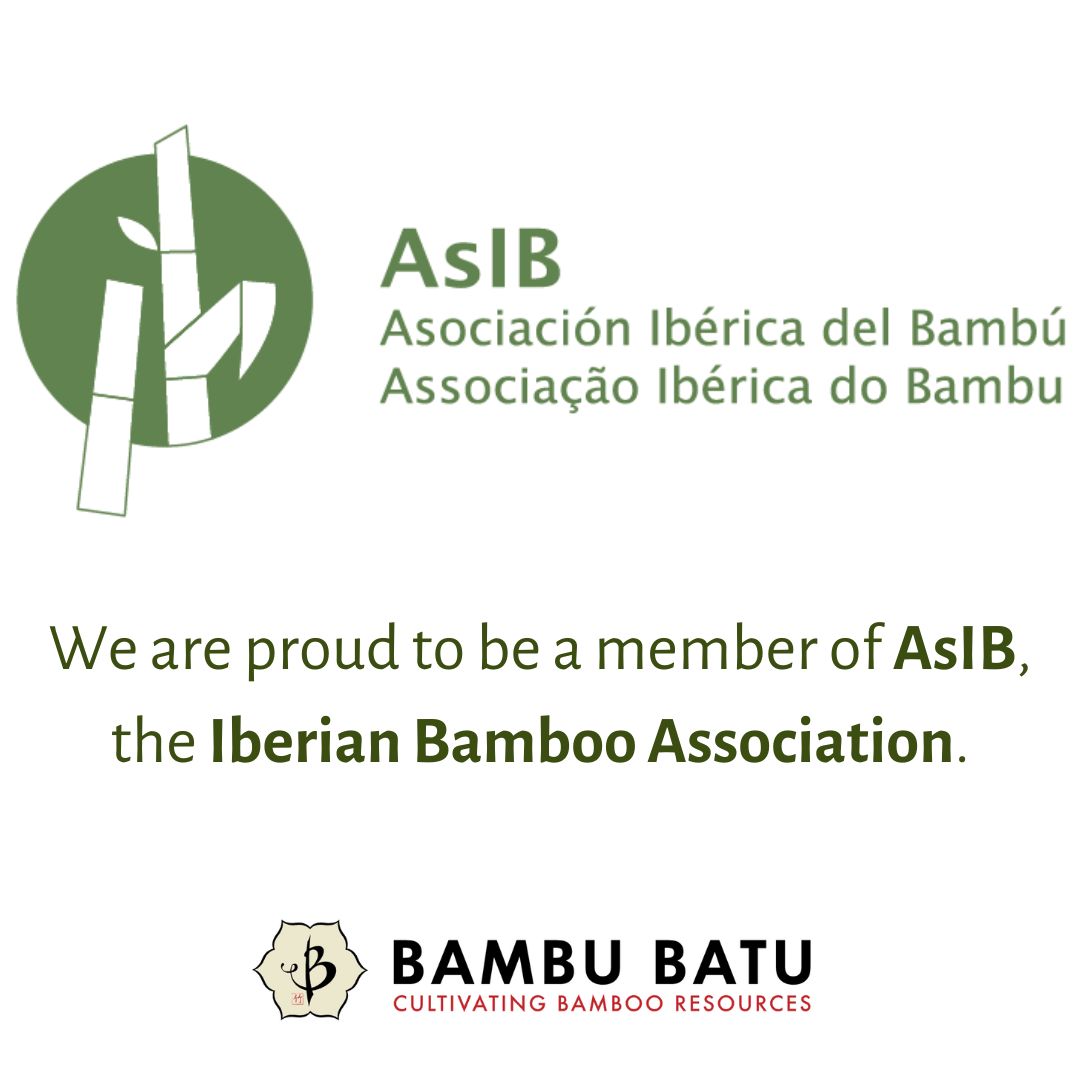
Hiya fred,
Just checked out Godel Escher Bach on Wiki, looks like a wicked read! There’s a movie that just came out, “The Last Mimsy”, that I’ve been waiting to see (although it didn’t get the best reviews), but supposedly based partly on a book about Lewis Carroll’s poem The Jabberwocky (all mimsy were the borogroves)….it also goes into stringtheory, wormholes and the like…have you seen it? I imagine it would be just scratching the surface…as much as Hollywood can.
Anyway, can’t wait to get my hands on the GEB book.
cool bamboo website!
Hi Fred,
I have what I believe to be Arundinaria Appalachiana growing along.a woodland stream on my property. I would like it gone. I have been cutting each piece and dapping them with Tordon. It seems like new sprigs are now coming up in other locations. Is there something else I could try to eradicate it besides Roundup?
I would strongly advise you NOT to apply Tordon or Roundup along a natural woodland stream. It could be bamboo (Arundinaria, like you say), but it could also be Arundo donax (giant cane grass). Either way, you probably have to remove it manually.
Why don’t you just appreciate the natural location of this uncommon species and adapt to its life cycle. It is retaining your shoreline and providing habitat for creatures.